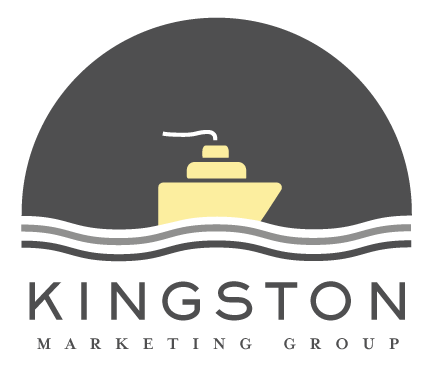KMG Fortifying your brand in a downturn: Part 3: Nurturing Your Loyal Customers
From KMG contributing team member Joy DasGupta. Joy spent several years leading loyalty initiatives at Starbucks and for the past 4 years has been consulting on loyalty and retention strategies with brands such as Brooks Running, IHOP and Rover.com.
With the U.S. economy contracting for the last two consecutive quarters, talk of recession is dominating the newscycle. Adjusting to weaker demand puts pressure on marketers who are asked to grow revenue with even less budget and headcount than before.
As you plan for 2023, now is the time for marketers to tap into loyal customer behavior and enhance their frequency, spend and brand advocacy. Why? Because a fundamental principle of marketing is that it is easier (and usually cheaper) to motivate your customer to re-engage with your brand vs. finding a new consumer. According to a recent study we found on business.com, existing customers spend 67% more than those that are new to your business!
Here are a few essentials to grow your brand and revenue by tapping into the power of your existing customer base:
Know Who Your Loyal Customers Are.
Sounds basic, but it’s vital to define how your loyal customers behave with your brand. Some of your customers may spend a lot, but only visit you once. Others may make multiple and frequent small purchases. Still others may not buy much or at all, but are your best users, influencers and advocates. Build clear customer profiles and segments to identify your highest-opportunity repeat customers so that you can move to Step 2.
Assess the Best Channel to Activate this Loyal Customer.
Email, SMS, mobile app notifications, social networks – all can be effective ways to reach your segment. However, it’s essential to understand which channel drives your intended outcome. For example, one of our clients has a robust and mature email program, yet the app is by far the most frequently used touch point among loyal customers. Therefore, testing push notifications may be even more effective than email to drive their objectives and has the added bonus of minimal creative costs.
Build Your Own Test Benchmarks, then test and learn.
I’m often asked for a benchmark when testing loyalty offers. What type of discount structure is best? What type of redemption rate should we expect? The answer is always: it depends. Depends on the offer, how easy it is to redeem, how long the offer is active etc. No one can tell you how an offer will perform for your customers.
It's essential to design a couple of tests, then optimize and test again. And again. Testing offers with your loyal customers will yield fruit over time. If you try to cross sell a product to your loyal customer base and have a 5% redemption rate – that’s your benchmark and it’s your number to beat for next time. Create your own metrics and an A/B test program to learn and improve how your loyal customers contribute to your business time and time again.
At Kingston Marketing Group we work with a lot of start-ups with limited budgets. We’ve developed a Brand and Marketing Tune-up that is designed to create maximum impact with minimal resources and identify brand opportunities that drive results. The process examines your customer, brand and marketing programs to provide you with a fresh start to build from. Schedule a free 30 minute consultation here - we’d love to talk with you.

